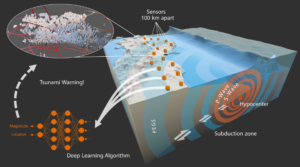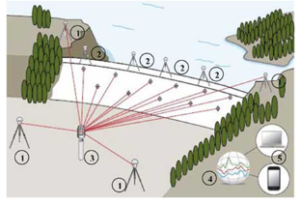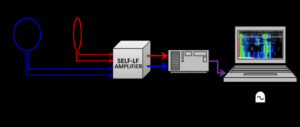Unfortunately, prediction of earthquakes with certainty is still not possible. Despite significant advances in seismology and earthquake engineering, the exact time, location, and magnitude of earthquakes remain unpredictable.
There are several methods used to detect changes in the Earth’s crust that could indicate the possibility of an earthquake, including:
Seismic monitoring:
It is the primary method for detecting earthquakes. Seismic networks use instruments such as seismometers to detect the seismic waves generated by earthquakes. The data gathered from these instruments can provide information about the location, depth, and magnitude of the earthquake.
GPS monitoring:
GPS (Global Positioning System) technology can be used to monitor the movement of the Earth’s crust in real-time. Changes in the Earth’s crust can cause a shift in the position of GPS stations, which can be used to detect the build-up of strain prior to an earthquake.
Tiltmeter monitoring:
Tiltmeters are instruments that measure the angle of the ground relative to the horizontal plane. Changes in the angle can indicate the build-up of stress in the Earth’s crust, which can be a sign of an impending earthquake.
Geodetic monitoring:
Geodetic methods, such as Interferometric Synthetic Aperture Radar (InSAR) and Light Detection and Ranging (LIDAR), use radar and laser technology to measure changes in the Earth’s surface. These changes can indicate the build-up of strain prior to an earthquake.
Electromagnetic monitoring:
Electromagnetic methods can detect changes in the electromagnetic signals emitted by rocks under stress. This can provide information about the state of the Earth’s crust prior to an earthquake.
However, while these methods can provide valuable information and improve our understanding of earthquakes, they still have limitations and cannot predict earthquakes with certainty. The Earth’s crust is a complex system and there are many factors that can affect earthquakes, including the movement of tectonic plates, the presence of faults, and the release of stored energy in the form of seismic waves. As a result, it is still not possible to accurately predict the time, location, and magnitude of an earthquake.
You may like our posts:
TikTok account settings to boost videos views


